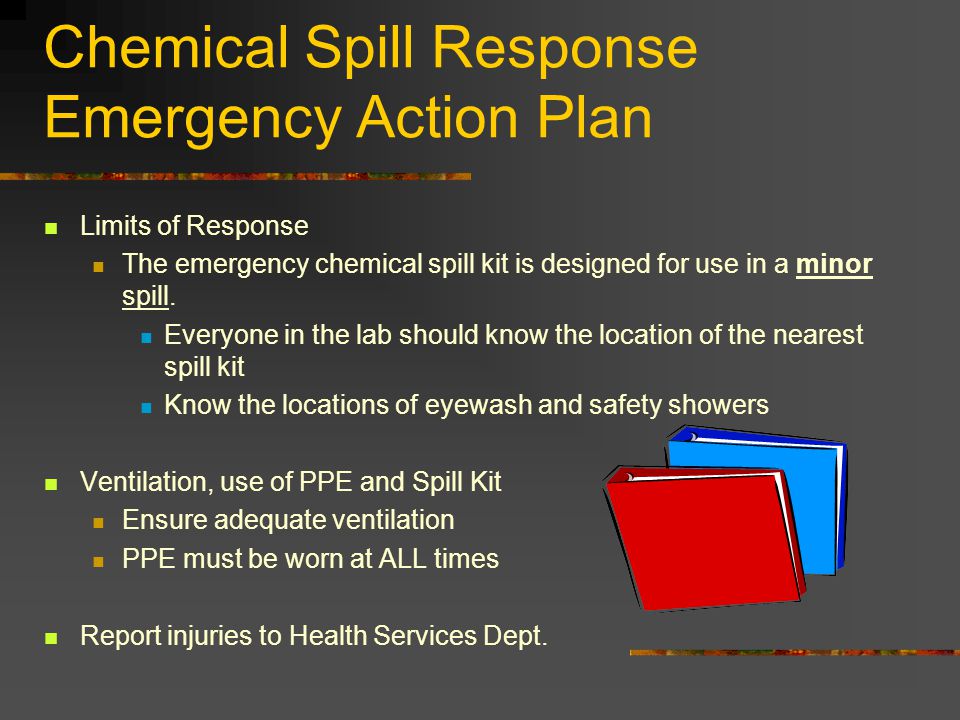
# Training for the Unthinkable: How Chemists Assist Emergency Services with Chemical Spills
On **10 December 2024**, a striking situation occurred on the **Humber Bridge** in northern England. An overturned tanker released a dangerous chemical mixture onto the roadway and slip road, while a group of fun-runners assembled at a nearby country park. The potential for disaster was clear—but thankfully, this was a *simulated* exercise aimed at evaluating the local emergency services’ readiness for a **major chemical spill**.
Such extensive drills are a critical aspect of **emergency training**, providing first responders with the skills required to handle hazardous scenarios. When it comes to chemicals and dangerous substances, the knowledge of **chemists** is pivotal for ensuring a safe and effective response.
## Prioritizing Safety
The main objective of the Humber Bridge exercise was to evaluate how emergency responders would **decontaminate mass casualties**. According to **Mark Walsh**, a station manager focusing on **emergency preparedness** for the **Humberside Fire and Rescue Service**, the scenario aimed to be as realistic as possible.
‘We selected this site because it enabled us to establish proper **decontamination facilities**—including showers and private areas—allowing us to treat casualties with dignity,’ Walsh clarifies.
For added authenticity, around **40 volunteers**, from college students to senior citizens, portrayed contaminated fun-runners in the exercise.
‘The emphasis was not only on the actual response, but also on **communication and teamwork** to ensure a **coordinated approach**,’ Walsh notes. ‘Our foremost goal is always **keeping people safe** and preventing incidents from escalating.’
The **hypothetical spill** involved **phosphoric acid and hydrofluoric acid**, both of which are highly corrosive and present significant risks to human health, including burns and **respiratory injuries**.
To replicate real-world conditions, responders were provided with only **limited** information about the chemicals at first. They needed to collaborate to collect vital details—just as they would in a **genuine emergency**.
## Scientific Expertise Support
Creating a **believable hazardous materials** scenario necessitates contributions from skilled chemists. For this drill, emergency planners consulted **Bureau Veritas**, a company offering **scientific risk management, testing, inspection, and certification services throughout the UK**.
‘We assist emergency services nationwide by providing **scientific advice** when they face hazardous chemicals,’ states **Stephen Yao**, an organic chemist and **scientific advisor** at Bureau Veritas.
In actual situations, Bureau Veritas aids first responders to:
– Identify unknown chemicals
– Evaluate risk factors
– Advise on **safe removal and disposal**
– Provide insight on dismantling **illicit drug labs**
– Support **fire suppression strategies for hazardous materials**
During drills such as the Humber Bridge exercise, Bureau Veritas experts assist in developing **realistic response plans**. In this instance, prior to the exercise, they supplied emergency teams with a **generic UN classification** instead of specifying the exact substances involved.
‘The responders had to **contact the transporter or manufacturer** to verify the **specific identity** of the chemicals,’ Yao explains. ‘This mirrors the procedure they would follow during a real emergency scenario.’
Collaborating with the **fire service**, chemical companies, and environmental agencies, the scientific team assesses **best-practice response protocols**—which may differ based on circumstances.
‘There isn’t always a **black-and-white** answer,’ Yao shares. ‘Every incident is distinct and needs to be managed accordingly.’
## A Tactical, Proportional Approach
Training exercises such as this are invaluable for **refining response procedures** and ensuring the **scale of the reaction corresponds to the hazard**.
### Key Principles in Hazardous Material Response:
1. **”Remove, Remove, Remove”** – The first priority is to take casualties out of danger, discard contaminated clothing, and rinse off harmful substances.
2. **Proportionality** – Emergency crews must adjust their **response efforts** based on the **amount of spilled material**—for instance, a minor chemical leak does not warrant the same response as a **tanker overturning with 35,000 litres of acid**.
3. **Risk–benefit analysis** – Are casualties **saveable** or is the scenario too perilous for a direct rescue? **Incident commanders** are trained to carefully assess these choices.
**Ed Sullivan**, head of **chemical response training** at **Ricardo**, a consultancy that operates the UK’s **National Chemical Emergency Centre (NCEC)**, emphasizes another critical aspect: **collaboration between emergency services and industry**.
‘Fire services need **direct connections** with chemical manufacturers and transport companies,’ Sullivan notes. ‘In an emergency, those relationships